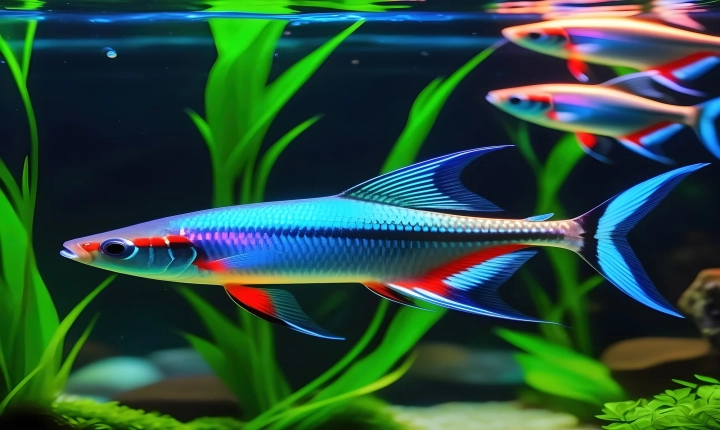Title: How to Make an AI-powered Boat
Introduction:
As technology continues to advance, the integration of artificial intelligence (AI) into various fields has become increasingly popular. One exciting application of AI is in the development of AI-powered boats. These boats can autonomously navigate water bodies, detect obstacles, and even make decisions based on their surroundings. In this article, we will discuss the steps involved in making an AI-powered boat, including the necessary components and software.
1. Define the Objectives:
Before starting the construction of an AI-powered boat, it is crucial to define the objectives and functionalities of the boat. Consider what tasks the boat will need to perform, such as autonomous navigation, obstacle detection, and data collection.
2. Select the Components:
The components of an AI-powered boat typically include a boat hull, motors, propellers, batteries, a microcontroller (such as Arduino or Raspberry Pi), sensors (ultrasonic, GPS, compass, etc.), and a camera for visual recognition. It’s important to choose components that are compatible with the AI software and have the capability to withstand water conditions.
3. Build the Boat Structure:
Construct the physical structure of the boat, ensuring that it is waterproof and durable. The placement of components such as motors, batteries, and electronics should be carefully planned to maintain the balance and stability of the boat.
4. Install the Electronics:
Mount the microcontroller and sensors onto the boat, making sure they are securely attached and protected from water damage. Connect the motors, propellers, and batteries to their respective controllers, ensuring proper wiring and insulation.
5. Develop the AI Software:
The AI software for the boat will involve programming the microcontroller to process sensor data and make decisions based on the boat’s surroundings. This may include algorithms for obstacle avoidance, path planning, and image recognition. Many open-source AI libraries and frameworks, such as TensorFlow and OpenCV, are available for developing AI models suitable for boats.
6. Test and Calibrate:
Once the hardware and software components are integrated, it is essential to thoroughly test the boat in controlled environments such as pools or small bodies of water. Testing will involve ensuring that the AI software responds appropriately to different scenarios and that the boat navigates accurately.
7. Refine and Optimize:
Based on the test results, refine and optimize the AI algorithms and boat control systems. Fine-tune the software to improve the boat’s performance in various conditions, such as different water currents, lighting conditions, and obstacles.
Conclusion:
Making an AI-powered boat involves a combination of mechanical, electrical, and software engineering. The development of such vehicles holds great potential for applications in marine research, environmental monitoring, and even commercial shipping. By following the steps outlined in this article and continuously improving the AI algorithms, individuals and research teams can create innovative AI-powered boats that push the boundaries of autonomous watercraft technology.
